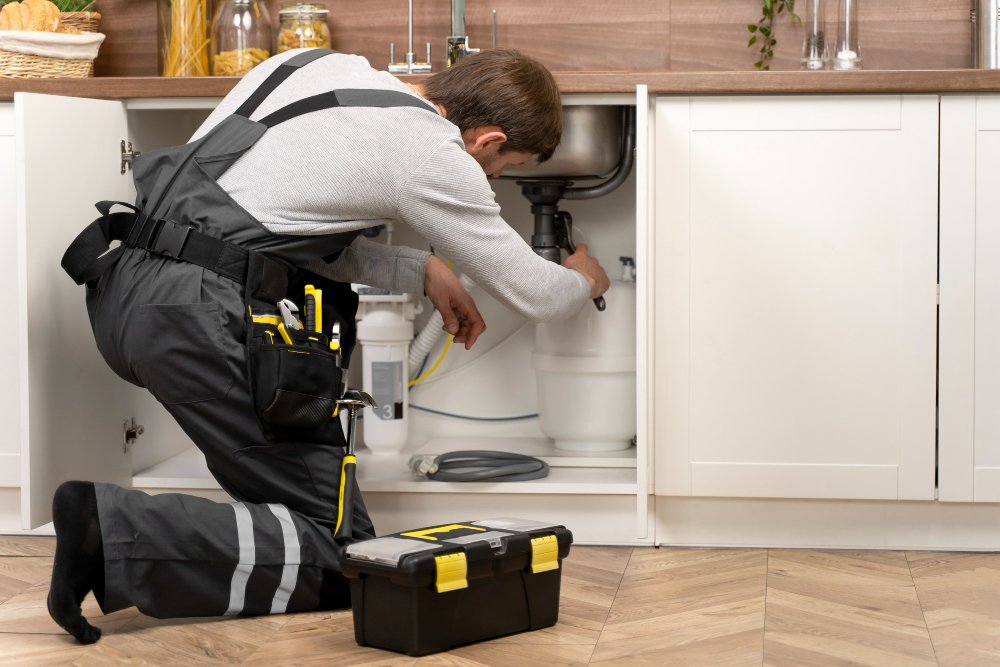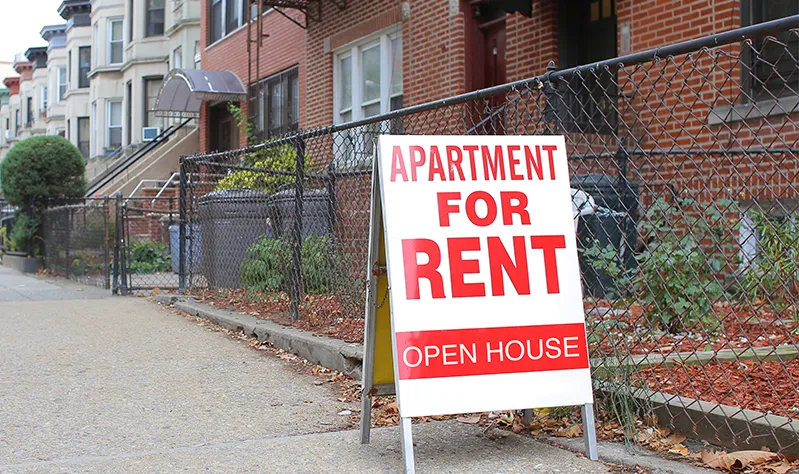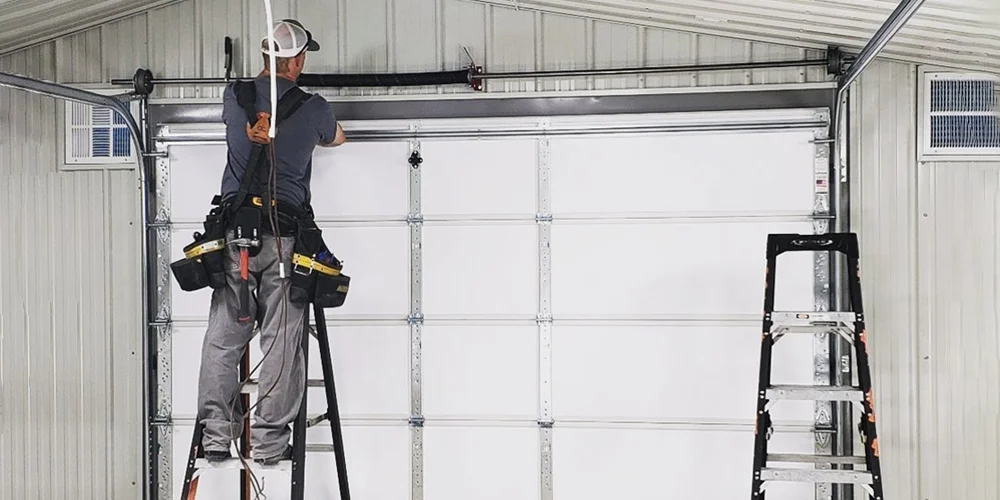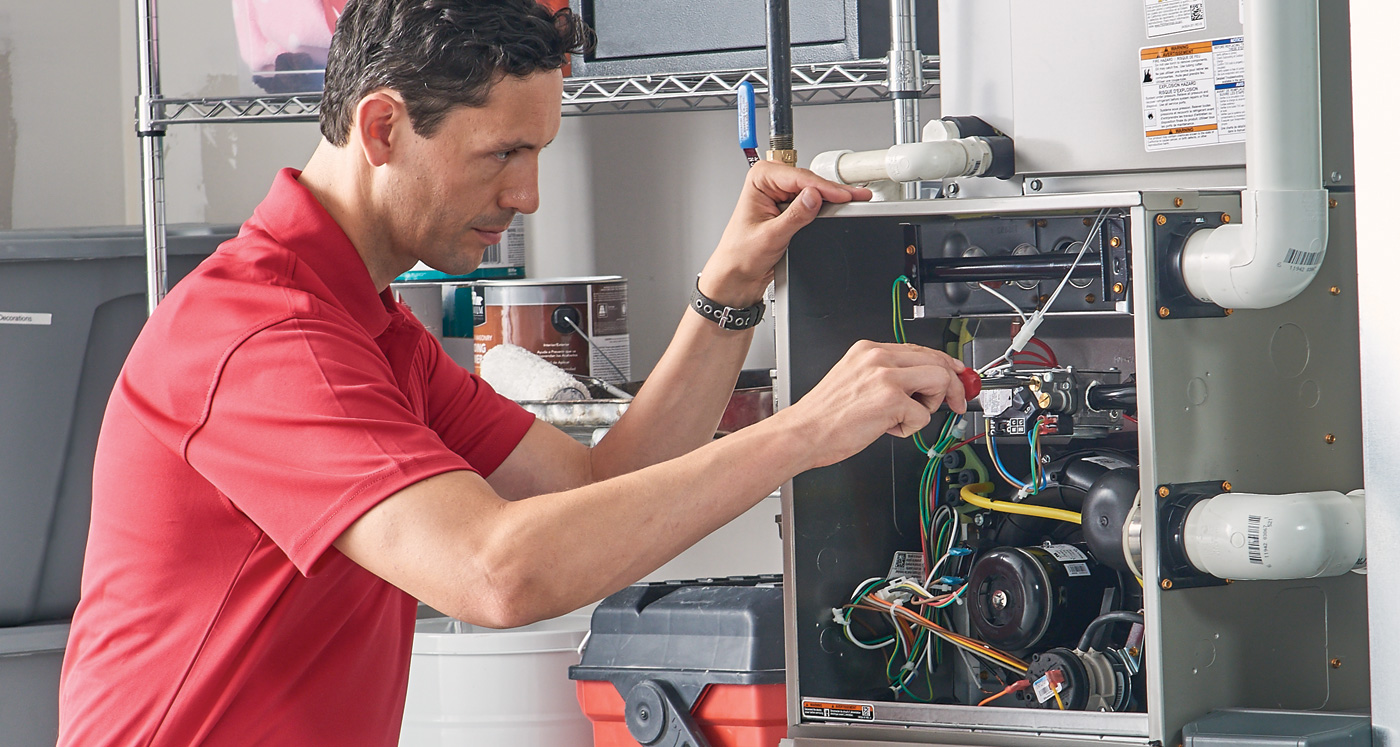The Complete Guide to Water Damage Repair: How to Effectively Control Repair Costs
Water damage can be devastating, but managing repair costs is crucial to minimizing financial strain. This guide provides practical strategies to help you control expenses while ensuring quality repairs.
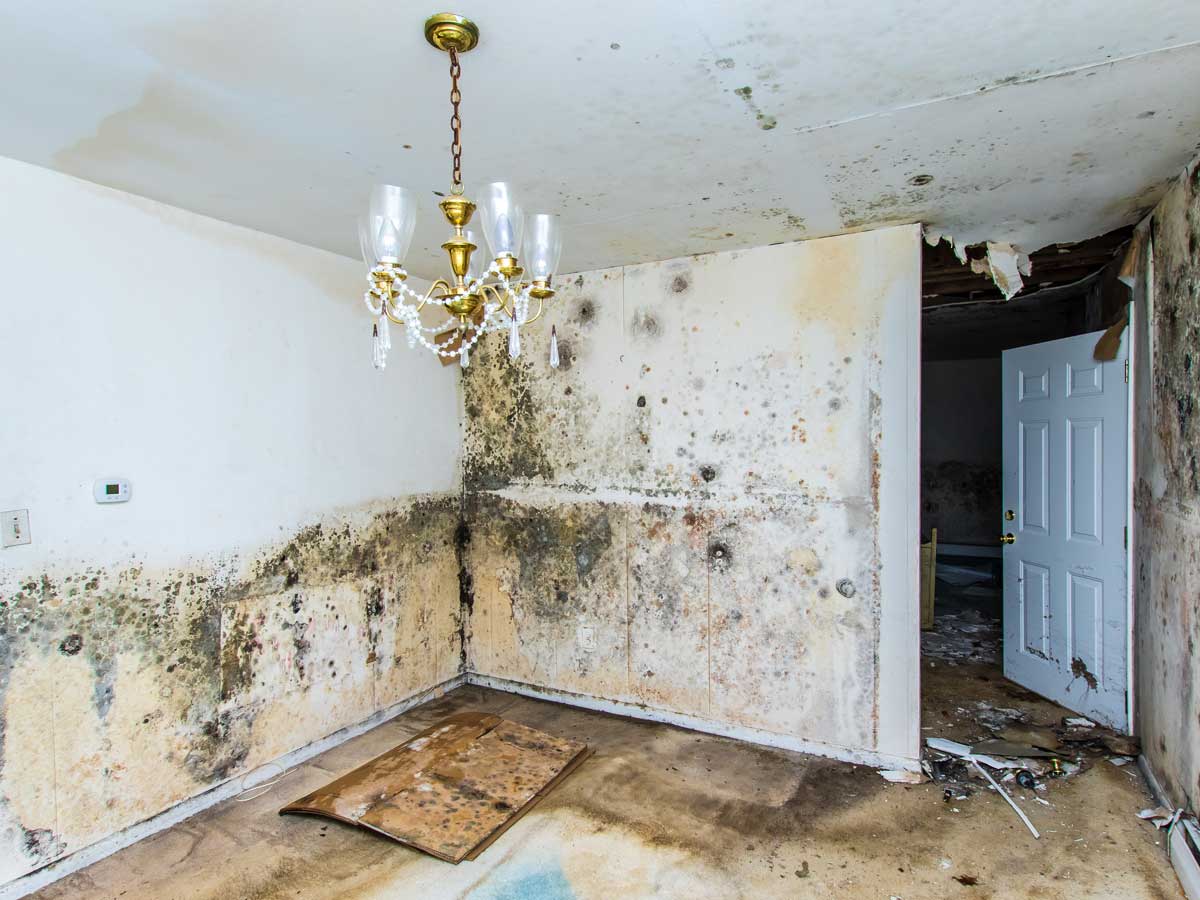
Understanding the Extent of Water Damage
The first step in controlling costs is accurately assessing the extent of the damage. Water can cause structural issues, damage electrical systems, and ruin personal property. Identifying the severity of the damage early on will help you prioritize repairs and avoid unnecessary expenses.
Step 1: Act Quickly to Mitigate Damage
Time is critical when dealing with water damage. The longer water sits, the more extensive the damage becomes, leading to higher repair costs. Immediately address the source of the water and start the drying process. Using fans, dehumidifiers, and wet/dry vacuums can help reduce moisture levels and prevent mold growth.
Step 2: Document the Damage for Insurance Claims
Proper documentation is essential for filing insurance claims, which can significantly reduce out-of-pocket expenses. Take detailed photos and videos of all affected areas, including structural damage, damaged furniture, and personal items. Keeping a written record of everything will also help support your claim.
Step 3: Contact Your Insurance Company
As soon as possible, contact your insurance provider to report the damage. They will guide you through the claims process and may recommend approved contractors. Understanding what your policy covers can help you plan and control repair costs. Be aware of deductibles and any limits on coverage.
Step 4: Get Multiple Repair Estimates
Before committing to a repair service, obtain estimates from several contractors. Detailed quotes will give you a clearer picture of the costs involved and allow you to compare prices. Be cautious of unusually low estimates, which may indicate lower-quality work or the possibility of additional charges later.
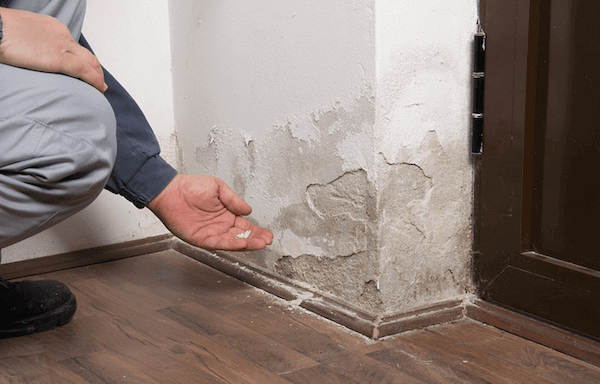
Step 5: Prioritize Essential Repairs
Not all repairs need to be completed immediately. Prioritize repairs that address safety concerns, prevent further damage, or restore essential functions. By focusing on critical areas first, you can spread out less urgent repairs over time, helping you manage costs more effectively.
Comparison Table: Factors That Influence Water Damage Repair Costs
| Factor | Details | Impact on Cost |
|---|---|---|
| Extent of Damage | The more widespread the damage, the higher the cost for repairs and restoration. | High |
| Type of Materials Affected | Repairing or replacing hardwood floors, drywall, and insulation varies in cost. | Medium |
| Mold Growth | If mold has developed, remediation will add to the overall expense. | High |
| Labor Costs | Labor rates vary by region and the complexity of the repair work. | Medium |
| Insurance Coverage | Insurance can cover a significant portion of the costs, reducing out-of-pocket expenses. | High |
Step 6: Consider DIY Repairs for Minor Issues
If the damage is minor and you’re comfortable with basic repairs, consider handling some of the work yourself. Simple tasks like replacing damaged drywall, installing new insulation, or repainting can save on labor costs. However, always leave significant repairs, especially those involving electrical or structural components, to professionals.
Step 7: Negotiate with Contractors
Don't be afraid to negotiate the cost of repairs with contractors. Many are willing to work within your budget, especially if you have multiple quotes as leverage. Discuss payment plans if the cost is substantial, as spreading out payments can ease the financial burden.
Conclusion
Managing the costs of water damage repair involves a combination of prompt action, strategic planning, and smart decision-making. By following these steps, you can control expenses without compromising on the quality of repairs. Always prioritize safety and thoroughness, and use available resources, such as insurance, to minimize out-of-pocket costs.
You May Also Like:


